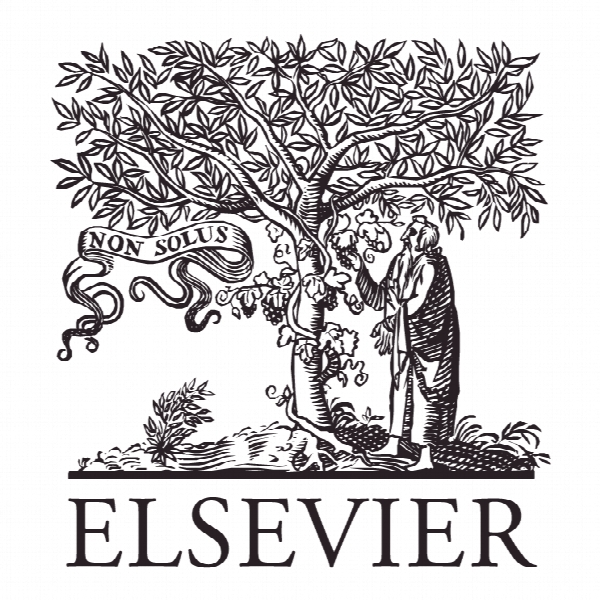آیا اولویت اصلی در علم وجود دارد؟ رفتار پیشگام و تولید علمی در فناوری نانو Is there a first mover advantage in science? Pioneering behavior and scientific production in nanotechnology
- نوع فایل : کتاب
- زبان : انگلیسی
- ناشر : Elsevier
- چاپ و سال / کشور: 2017
توضیحات
رشته های مرتبط مدیریت
گرایش های مرتبط مدیریت تحقیق در عملیات
مجله سیاست تحقیق – Research Policy
دانشگاه Savoie Mont Blanc، فرانسه
نشریه نشریه الزویر
گرایش های مرتبط مدیریت تحقیق در عملیات
مجله سیاست تحقیق – Research Policy
دانشگاه Savoie Mont Blanc، فرانسه
نشریه نشریه الزویر
Description
1. Introduction A key feature of the sciences is their constant evolution (Bonaccorsi, 2008). Scientific fields emerge and evolve as a function of new discoveries, which yield new questions. Similarly, the appearance of ground breaking technologies opens new possibilities for solving unanswered scientific puzzles, leading to new categories in Science. The disparity in their emergence processes notwithstanding, new fields always confront scientists with fundamental dilemmas about their research trail and career (Debackere and Rappa, 1994): should they invest time and energy in this emerging field? Should they act as pioneers? Or should they wait and see? What are the long term consequences of such a decision? The notion that some scientists take a pioneering role is inherent to Kuhn’s (1962) description of scientific revolutions. Pioneers contribute to the adoption of a new paradigm, involving new “beliefs, values and techniques, shared by the members of a given community” (Kuhn, 1970). Even in approaches more evolutionary than Kuhn’s, pioneering works are thought to produce major changes ∗ Corresponding author at: BP 80439 – 74944 Annecy-le-Vieux Cedex, France. E-mail address: mareva.sabatier@univ-smb.fr (M. Sabatier). in how scientific problems are solved (Laudan, 1977). They have an impact in the long run on how an emerging field is structured. However, as high as their impact may be at the collective level, it isn’t clear yet whether the pioneers get any individual benefit from their early entrance. Although the first articles published in a given topic tend to be much more cited (Price, 1965; Newman, 2009), occasionally some “sleeping beauties” gain impact only long after their publication (Van Raan, 2004). More importantly, that an early paper gets more cited than later ones does not inform whether its author gets an advantage in terms of subsequent production in the field. This question of entry timing is surprisingly absent from the burgeoning research exploring the factors of individual scientific productivity. The latter includes a wide range of factors from age (Bonaccorsi and Daraio, 2003; Diamond, 1986; Stephan and Levin, 1997), to gender (Hunter and Leahey, 2010), to institutional affiliations (Stephan 1996), to collaboration strategies (Jonkers and Cruz-Castro, 2013; Pezzoni et al., 2012) or international mobility (Jonkers and Cruz-Castro, 2013) to cite just a few. Performance in these cases is analyzed within the scope of a community which is considered as a given, one piece of a larger scientific nomenclature assumed to be stable for the study, therefore making entry timing a non-issue. Perhaps an important explanation for this gap is that this array of factors influences not only a scientist’s productivity, but also entry timing itself. That is, pioneering behavior needs to be considered as partly endogenous (Lieberman and Montgomery, 1988). Supportfor this notion is provided by Debackere and Rappa’s (1993, 1994) studies comparing early entrants in a scientific field with their followers. They found that early entrants indeed have specific profiles. Thus, the question of what is the reward of pioneering behaviors (i.e. is there a first mover advantage) is tightly coupled to another one: what drives such behaviors (i.e. who are the first-movers)?


